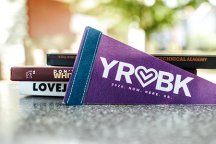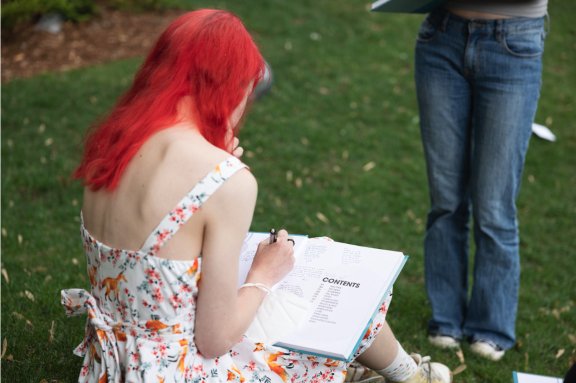PROFILES
support and inspire the growth of young journalists’ storytelling skills with Profile Writing
The first level of reporting is to make a list of potential students to interview, usually a student who has not been covered in the yearbook. Arrange a time to interview them and prepare a short list of open-ended questions to guide the interview. Ask to record the interview and let them know you want to “get the story right.”
This people beat sheet will help you organize your ideas and approach. You may also want to explore story starters for interview question ideas. This “21 Questions” handout will guide you to run the interview and select questions to ask.
The next level of reporting is to ask the student if they have anything else they would like to add that you haven’t asked them about. Be prepared to pivot from what you thought their story was with follow up questions if what they add could become a better story.
To gather more storytelling details, you may want to leave your contact information with the person to let them contact you if they think of anything else. You may also want to contact them to follow up with questions you may have as you are creating the story. Consider interviewing others who know the source well and could add dimension to the profile: a coach, teacher, teammate, co-worker, project partner, etc.
|
Level 1 – Quick Read |
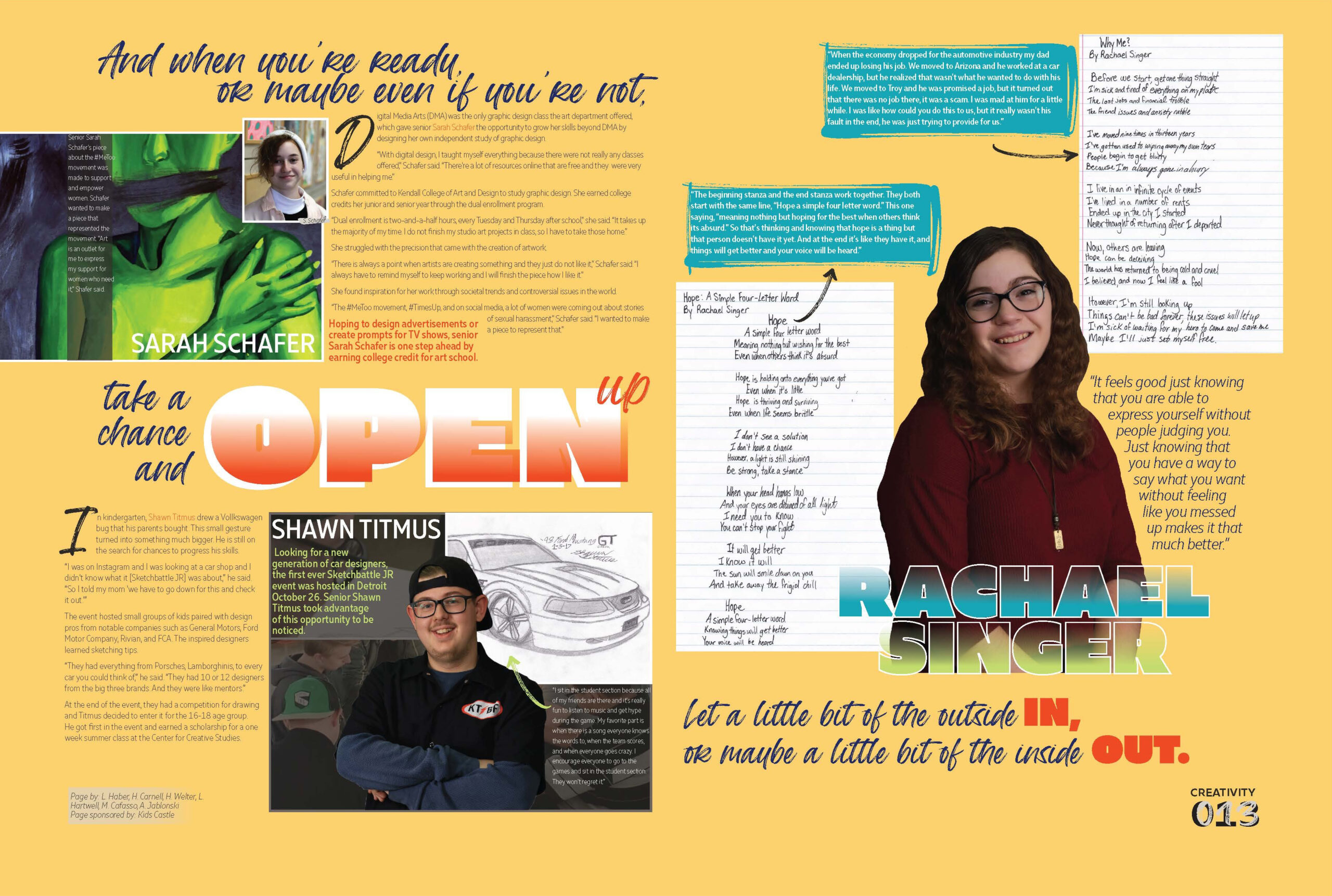 |
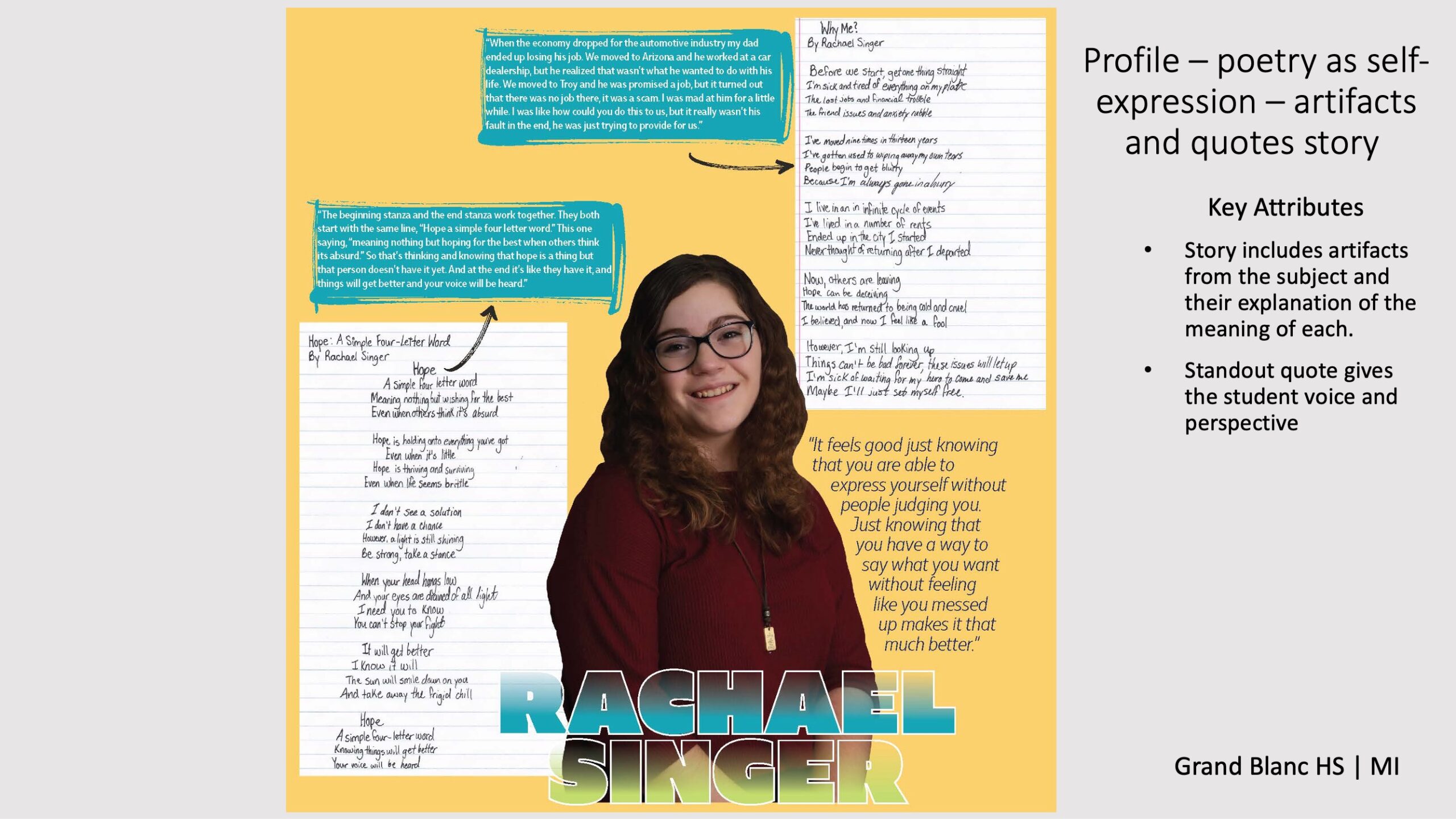 |
| Level 2 – Captions Use different types of captions based on your needs. Aim to identify all faces that are recognizable in the photo by name and go from there. |
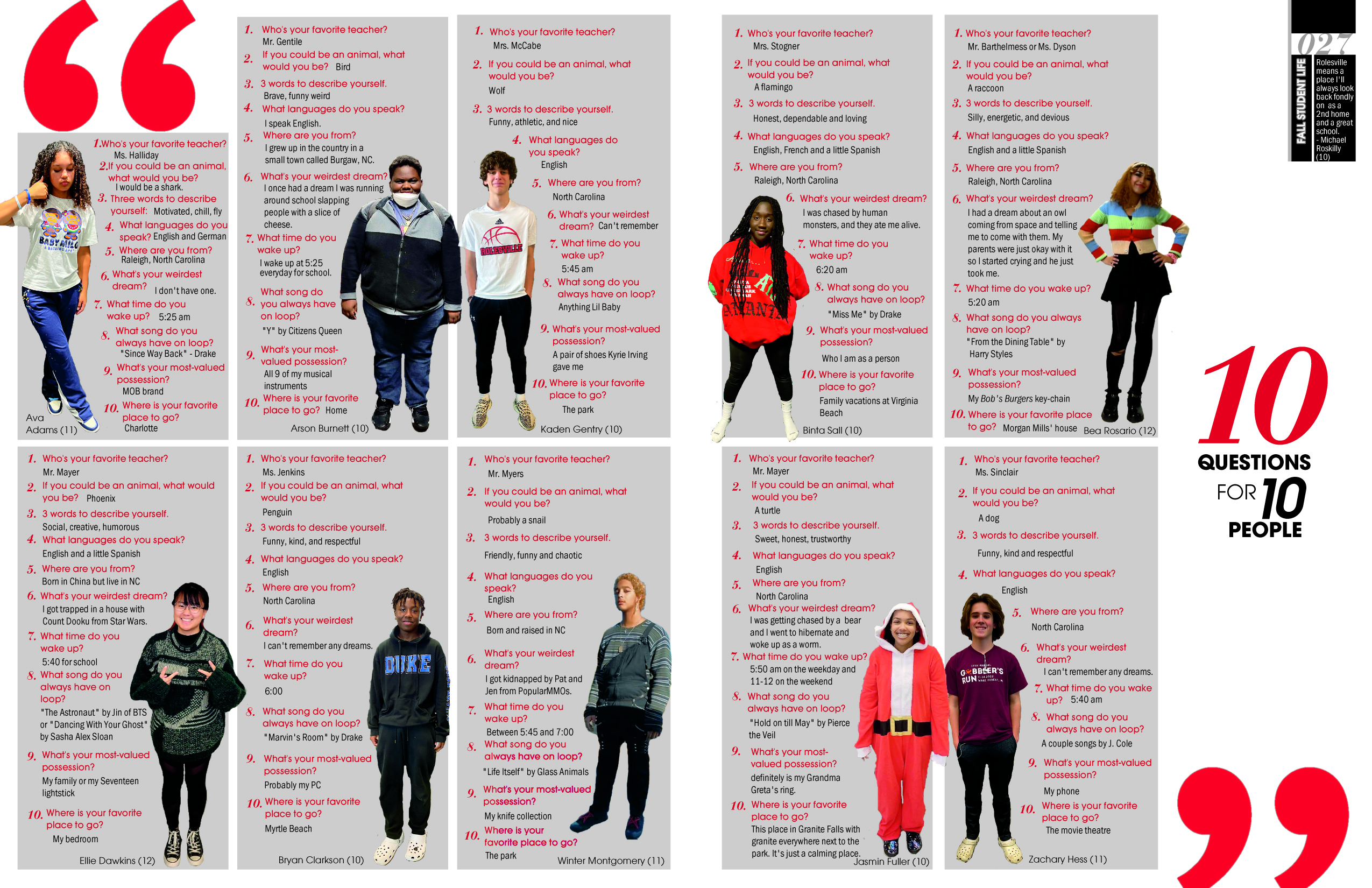 |
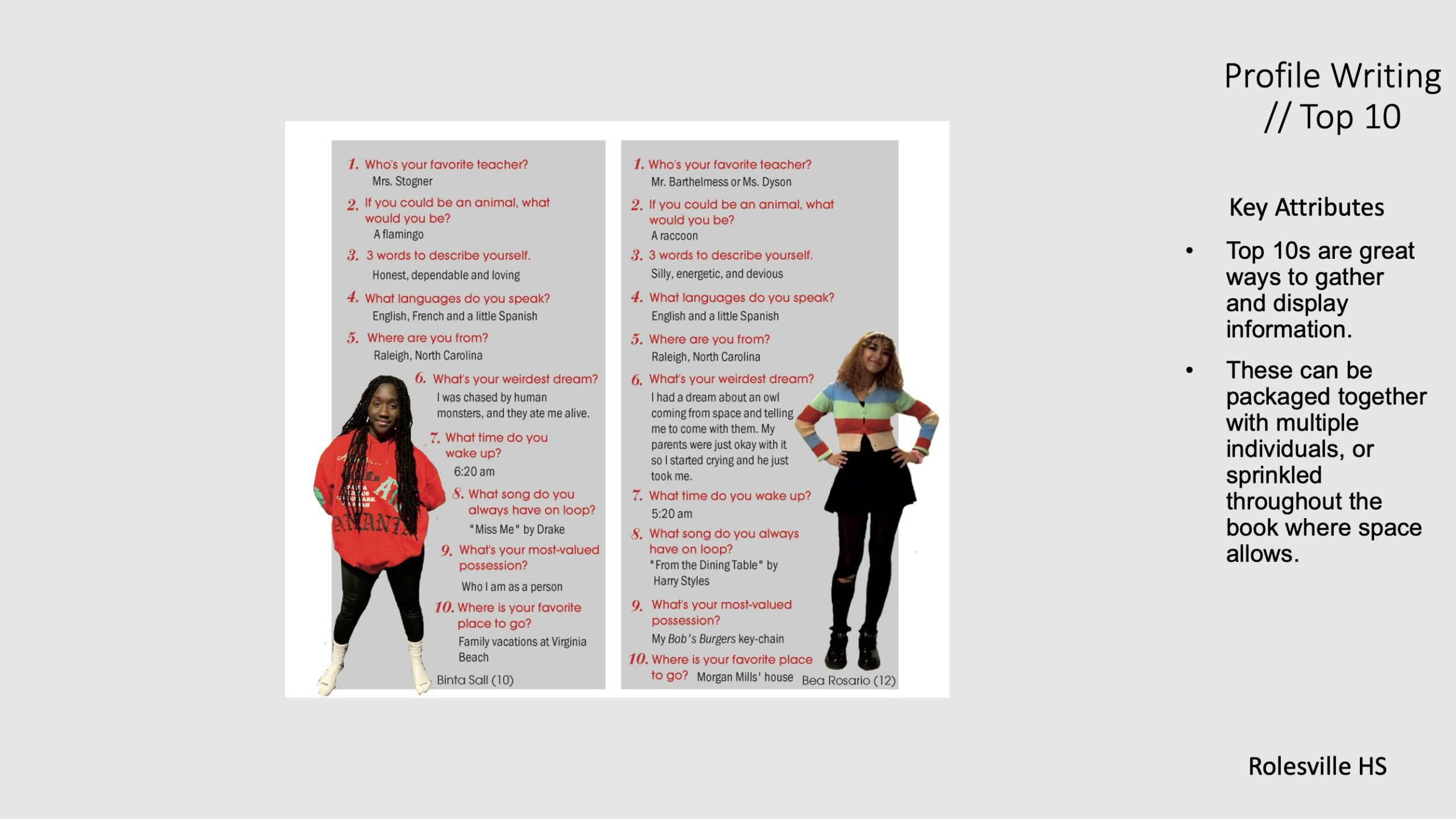 |
|
Level 3 – Traditional Story |
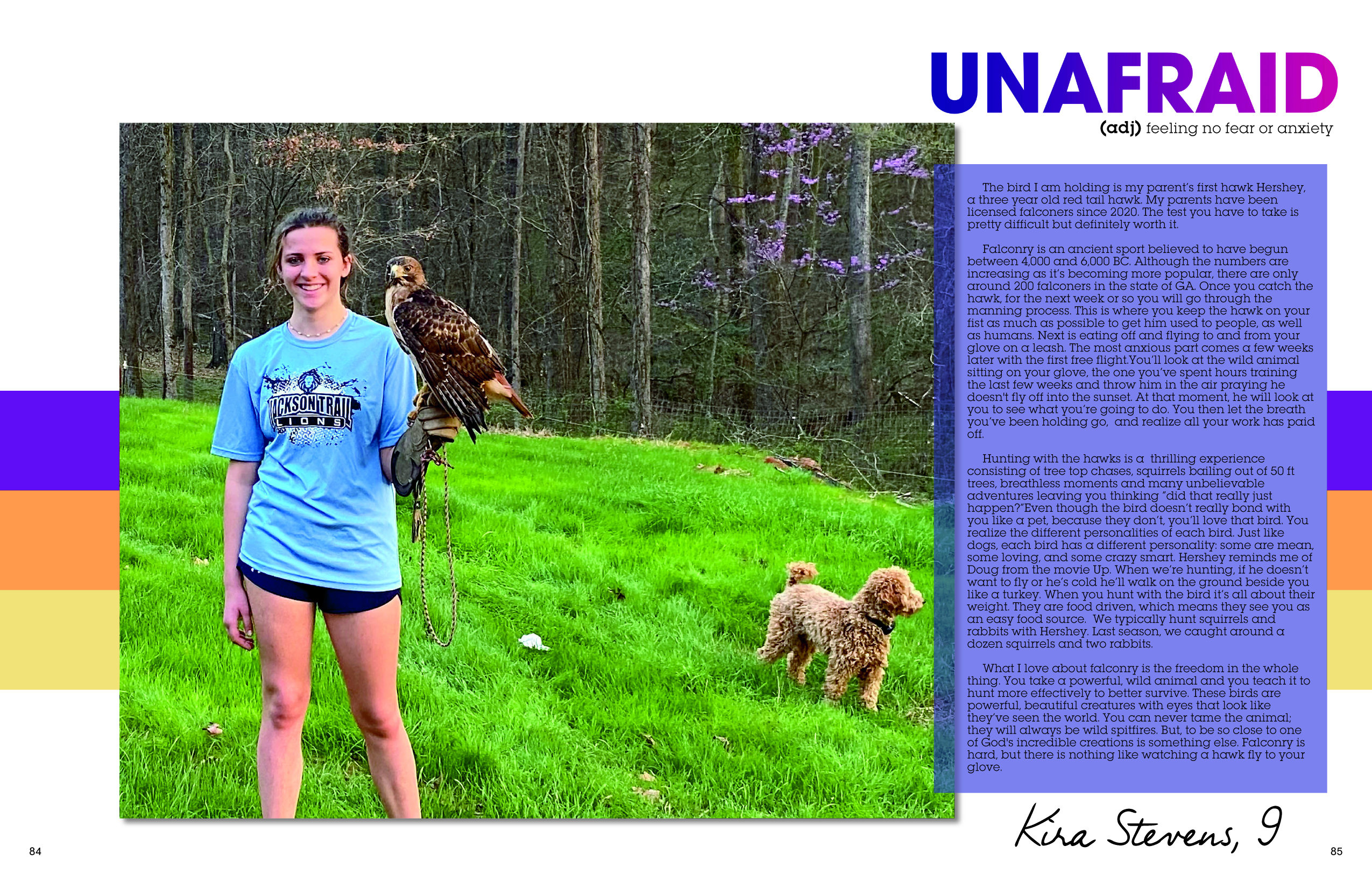 |
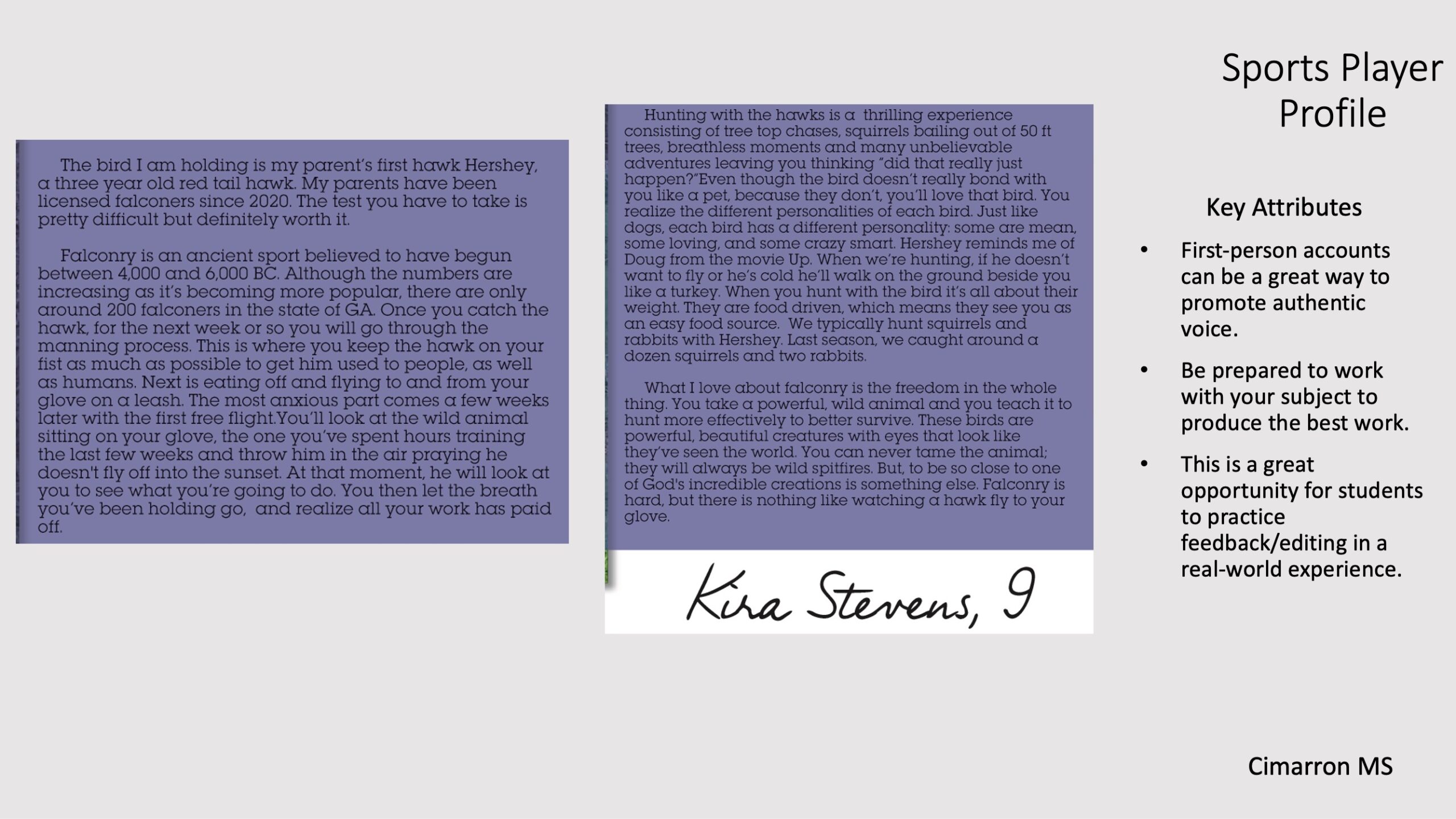 |

